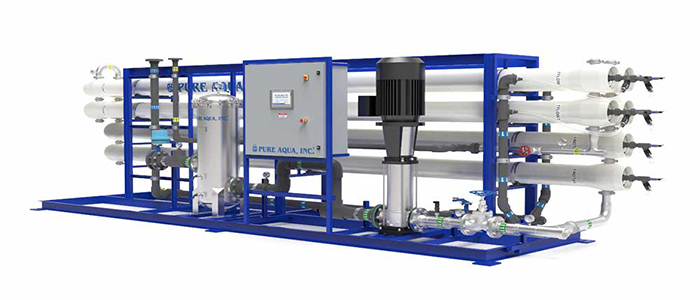
Waters containing low concentrations of TDS are ideal for the filtration technique known as nanofiltration. This method uses a nanoporous membrane. Along with disinfecting it by keeping organic materials, the goal is to remove polyvalent ions. The precise color spectrum of nanofiltration NF membranes depends on several features. One of them is their ability to retain nanosized materials.
Among the many possible applications for nanofiltration are:
- Medical laboratory water
- Industrial kitchens
- Production of dairy products
- Drinking water
- Textiles
- Production of medications
Here are some typical applications of nanofiltration NF membranes.
Leather, dyes, and textiles
When it comes to desalting and concentration of dyes, nanofiltration NF membranes are indispensable in the textile sector. If you want your Nanofiltration NF membrane to work better and reject dyes better, use polyethylene glycol and polyether sulfone. Nanofiltration of the NF membrane rejects tannins in the leather industry.
Purification of drinking water.
Nanofiltration NF membranes can remove slightly toxic sulfide, natural organic matter, residual herbicides, poisonous byproducts, water quality, and pesticides produced during disinfection. This is in response to the persistence of water pollution. In addition to these benefits, it offers nearly no discharge, energy savings, minimal chemical dose, simple maintenance and management, small convenience, and stable operation. Thus, nanofiltration NF membranes can be the go-to method for eco-friendly purification in the following years.
Treatment of soft water.
It is possible to desalinate sour taste at high water prices by operating at low pressure and successfully intercepting the two ions. This process absorbs a regenerating market for sodium. The fact that it does not need renewal and is microbial-free is its primary benefit. It is easy; it does not occupy much room; it permeates organic matter, water, and so on. Also, the method’s investment and pricing points are similar.
Energy Sector (Gas and Oil)
Filtration using nanoparticle gases used in the oil and gas sector can have their carbon dioxide content reduced using membranes. At high temperatures, carbon dioxide breaks down into carbon monoxide. This is harmful to the catalyst; therefore, this is essential. The treatment of water effluent solutions that contain high concentrations of oil and other harmful substances is another area where it finds application.
Leaf treatment.
By using the element and absorption method, it is possible to absorb agitated wood and black wood, which are byproducts of absorbing wood pulp and black wood. The reason is that the residue contains a high concentration of cotton, which can perforate and absorb each other. Rather than generating significant pollutants, the nanofiltration membrane gets destroyed. Nanofiltration (NF) is one such example.
The waste liquid from the alkali extraction step of wood pulping can be treated with membranes to remove discoloration. These membranes can also help keep soil lignin, biomembranes, and ribbon membranes in the liquid while re-exciting any single-valent ions that don’t need to be stopped. The film achieves a decolorization rate of 98%.
Porous surface salt.
In agriculturally-dominated regions, where groundwater salt concentrations are rising, the water quality index is low. This means that salt and other chemicals can be extracted using RO technology. This is due to the fact that the water recovery rate is really high. Meanwhile, condensate treatment is another issue. Wastewater treatment often involves an ion-exchange technique.
Ion exchange resins, in contrast, are more effective at exchanging ions with divalent and high-valent charges. Centralized regeneration will increase large-scale water use first if the processing cost increases. This is due to the expensive substance in the reducing solution. By first subjecting high-salt salt to a nanofiltration membrane and then an ion exchange process, the treatment time can increase by a factor of two or three.
Many inorganic salts are present in the solution. Chlorides replace the inorganic ions following the sodium ion exchange column. The water’s nitrate concentration currently satisfies the inorganic salts’ criteria. It has a high water recovery rate and can permeate nitrates, which are two of its advantages.
Cutting-edge sewage treatment.
Another essential method for sewage recycling is membrane filtration treatment. Its primary functions are disinfection, sedimentation, flocculation, and other treatment procedures. Membrane treatment is also part of the process that follows it. Treated water is suitable for both.
The treatment comprises a small application of a nanofiltration membrane.
Due to the high copper content (among other elements), a lot of water is typically filtered out during the alloy and electroplating processes. Using NF membrane technology, over 90 percent of the component can be recovered for purification from processed sediments. Additionally, the actual value can decrease by a factor of 10 for reuse.
Using Nanofiltration NF Membranes to Their Full Potential
You can adjust the selectivity of nanofiltration NF membranes by adding different chemicals to the membrane layer, such as piperazine. This allows the manufacturers to permit or reject various salts and ions, both monovalent and divalent. They are ideal for a wide range of uses. This is because of the state-of-the-art technology that allows them to have salt selectivity tailored to individual process needs.
Also, nanofiltration NF Membranes work with reverse osmosis and feature low pressures of operation. The energy cost is higher for reverse osmosis membranes. However, their thin-film composite can remove nearly all organic molecules and dissolved salts from water. To begin softening the feedwater, nanofiltration is used upstream of reverse osmosis. This is where the larger and more selective membrane layer is used. When the nanofiltration permeate is fed into the reverse osmosis, it will result in a greater overall system recovery ratio.
 The basic principle of nanofiltration
The basic principle of nanofiltration
Using pressure to partition water into soluble and non-soluble ions is the fundamental idea behind nanofiltration membrane technology. In contrast to a dead-end filtration system, the membrane functions according to a different hydraulic profile, also called cross-flow filtration.
What are nanofiltration NF membranes?
A membrane liquid-separation technique that has several features of reverse osmosis is nanofiltration. While reverse osmosis is very good at removing almost all dissolved solutes, nanofiltration is poor at removing monovalent ions like chloride and better at removing multivalent ions like calcium.
Exactly what does nanofiltration remove from water?
Nanofiltration is effective in removing a wide variety of salts, organic matter, and viruses found in nature. Removing dissolved compounds is not possible using nanofiltration. Because of its ion selectivity, a nanofiltration membrane can distinguish between different types of ions.
Does nanofiltration reduce TDS?
The surface water can be treated with NF to produce drinkable water with the necessary total dissolved solids (TDS). Increasing the applied pressure increased the TDS rejection from surface water.
The nanofiltration may be unable to lower the overall total dissolved solids. However, this is just because it is more effective in treating drinking water, where the dissolution of certain minerals is a requirement.
The advantages and disadvantages of nanofiltration
Benefits
- These methods can remove metals and dissolved organics.
- Nanofiltration NF Membranes can efficiently eliminate viruses, proteins, bacteria, and pathogens, in addition to massive colloids and suspended particles.
- Easily employed to reduce the hardness of water by eliminating divalent ions of sulfate, magnesium, and calcium. This allows reverse osmosis membranes to achieve greater recovery rates.
- They get rid of chemicals with a molecular weight greater than 200–400 g/mol.
- With a lower working pressure and a higher flux for the removal of divalent ions, it consumes less energy than reverse osmosis. Compared to reverse osmosis, this results in fewer operational expenses and fewer pollutants that harm the environment.
Disadvantages
- Chlorine is toxic to them, and prolonged exposure can reduce their ability to reject salt.
- Unlike polyamide reverse osmosis membranes, they necessitate more stringent regulation of pH cleaning.
- In contrast to reverse osmosis, they are unable to eliminate total dissolved solids.
The rejection rate of nanofiltration
Because the surface charge of nanofiltration NF membranes depends on the practical groups of the membrane, their properties are unique. Because it incorporates many rejection mechanisms, including hydration, electric exclusion, steric hindrance, and dielectric effect, the nanofiltration membrane’s rejection mechanism is one of a kind. However, the complexity of these systems has prevented their thorough investigation. Other factors also contribute to the rejection of the nanofiltration membrane.
Conclusion
Adopting the correct best practices with nanofiltration is important once the design and commissioning steps are complete. The first step is to normalize the data to ensure a nanofiltration system works properly. This happens in the same way as reverse osmosis. Variations in feed conductivity, temperature, and pH are among the water quality factors considered during data normalization. When issues appear early on, they can be mitigated before they escalate.
By standardizing the data, a baseline for what constitutes a suitable working environment can be established. Rapid occurrences like membrane fouling or scaling, as well as systemic failures like underfeeding variations or antiscalants in water quality due to the seasons, can be detected.
When exposed to sulfate or carbonate, nanofiltration NF membranes may experience scaling. This is because of their exceptional ability to remove divalent ions, including sulfate, magnesium, and calcium.
Signs of fouling or scaling manifest as changes in rejection, flow rate, or pressure. In such a situation, prompt intervention requires early detection. To restore system functionality after scaling or fouling, a Clean in Place may be necessary. The goal of Clean in Place is to clean the membrane thoroughly by following a series of stages. Getting a cleaner that is compatible with the nanofiltration NF membrane is vital. This is because the membrane typically has tougher limitations over cleaning pH.

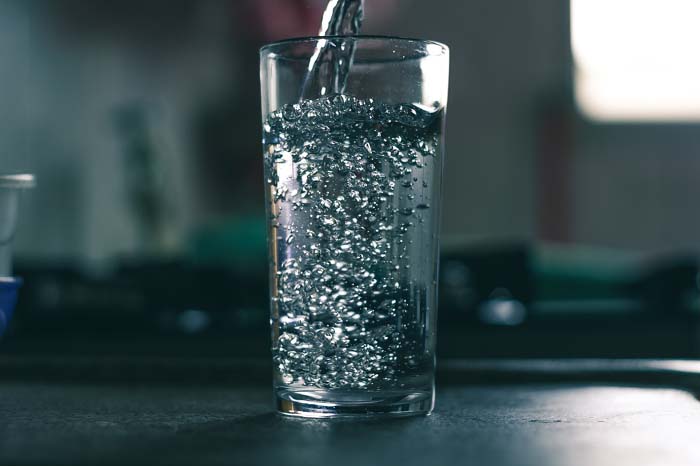
 Distillation by Evaporation
Distillation by Evaporation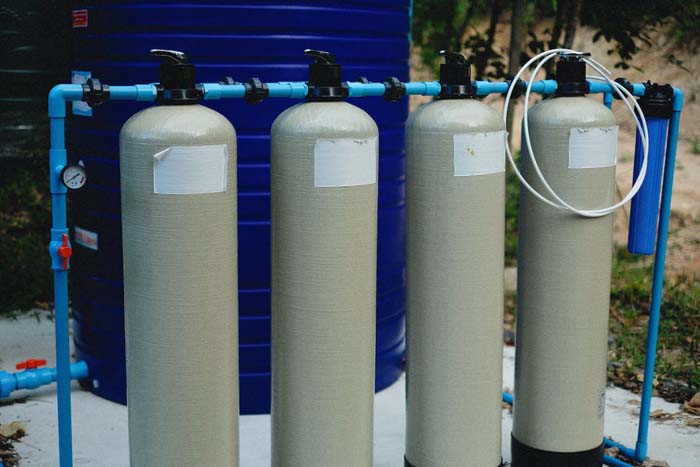
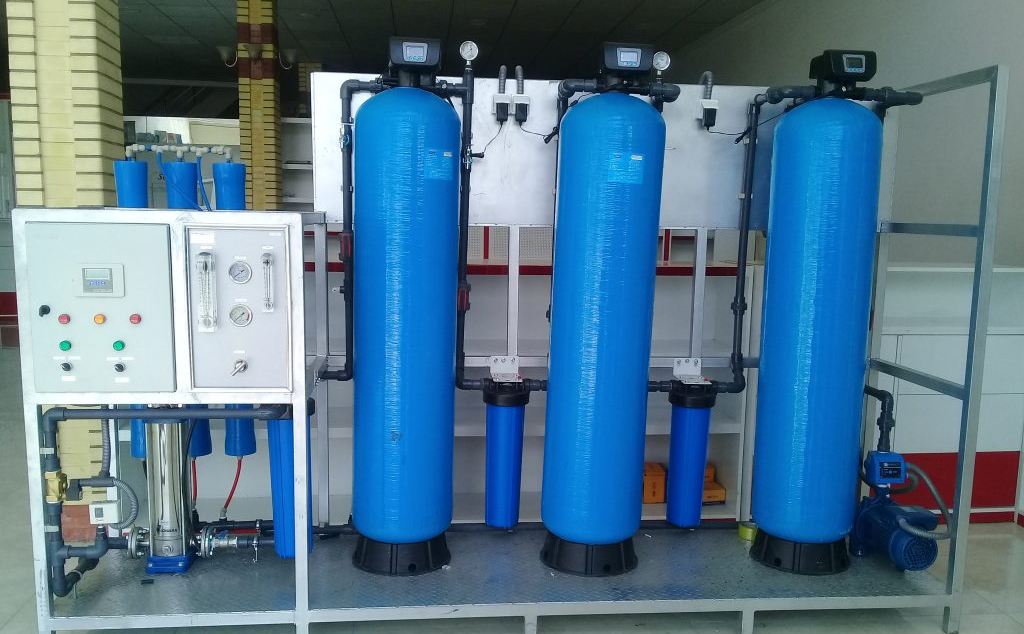 Electrodialysis:
Electrodialysis: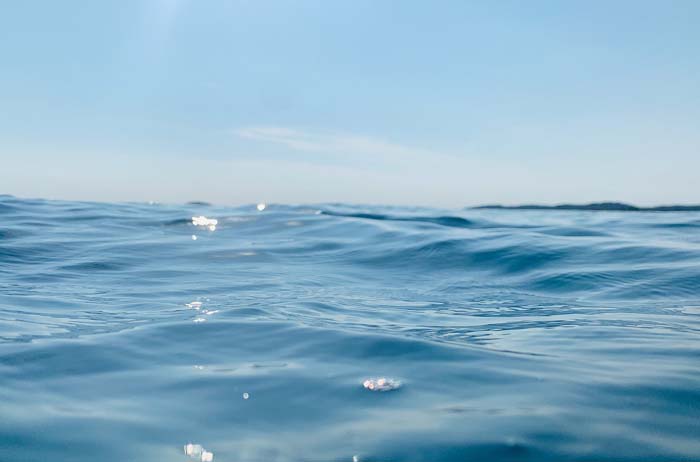
 Smooth Cordgrass
Smooth Cordgrass
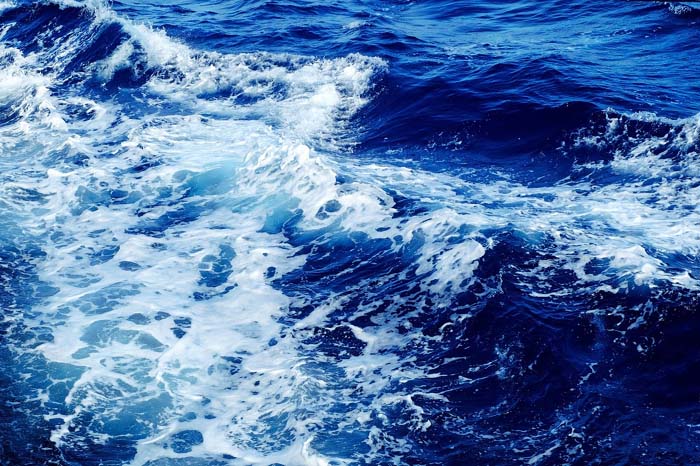 Can brackish water be purified?
Can brackish water be purified?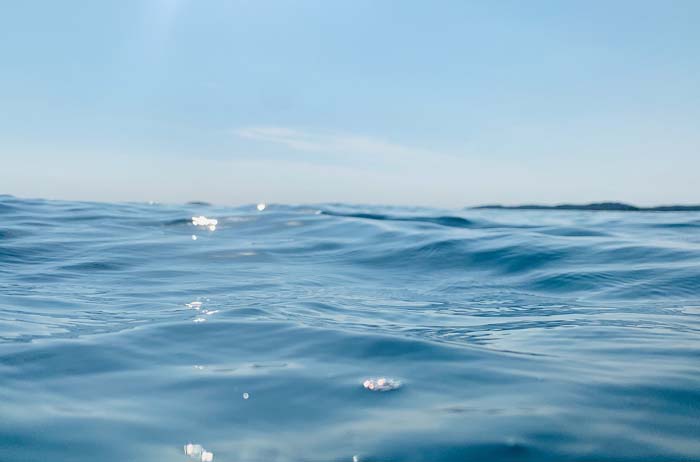
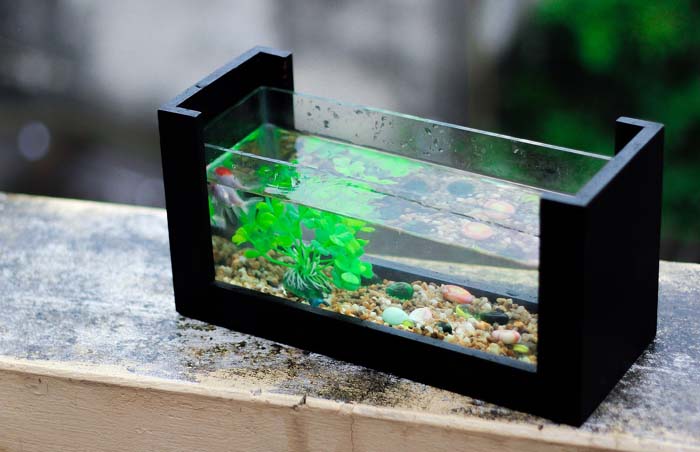 How much salt do I need for a 10-gallon brackish tank?
How much salt do I need for a 10-gallon brackish tank?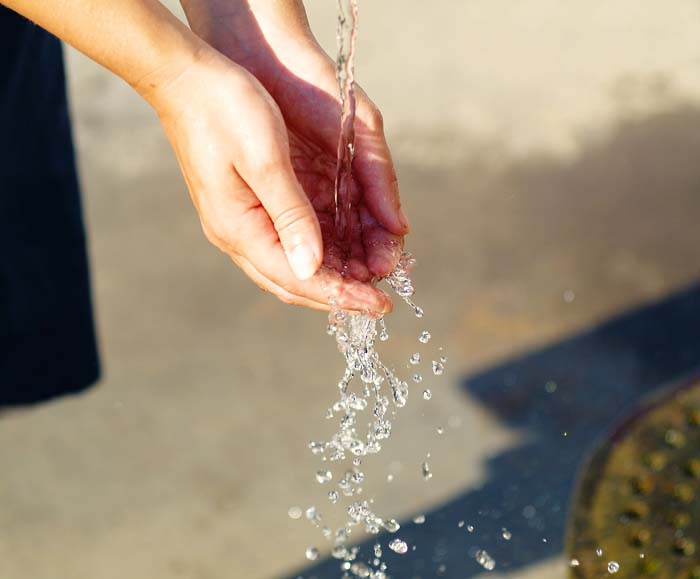

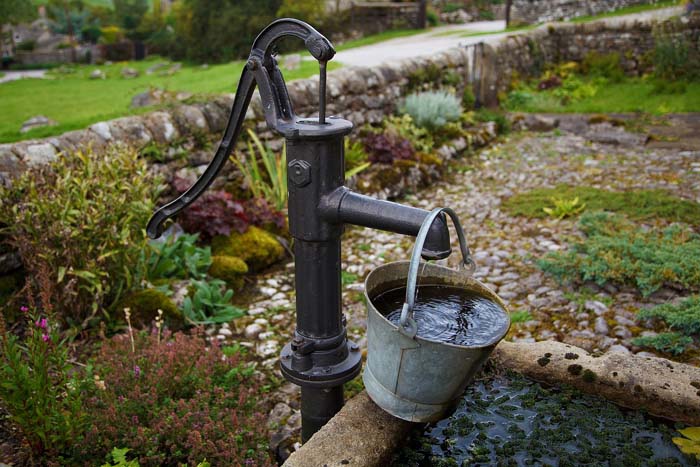 In order to choose the best approach to treating the problem, it is crucial to do a general mineral water analysis if the source is from the well. A minimum of the following should be included in the test: pH, total dissolved solids, hardness, manganese, and iron. Tannin, hydrogen sulfide, and sulfate testing are also suggested.
In order to choose the best approach to treating the problem, it is crucial to do a general mineral water analysis if the source is from the well. A minimum of the following should be included in the test: pH, total dissolved solids, hardness, manganese, and iron. Tannin, hydrogen sulfide, and sulfate testing are also suggested.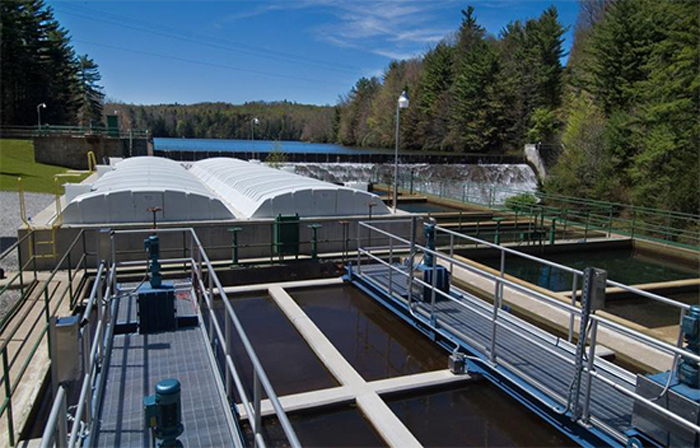
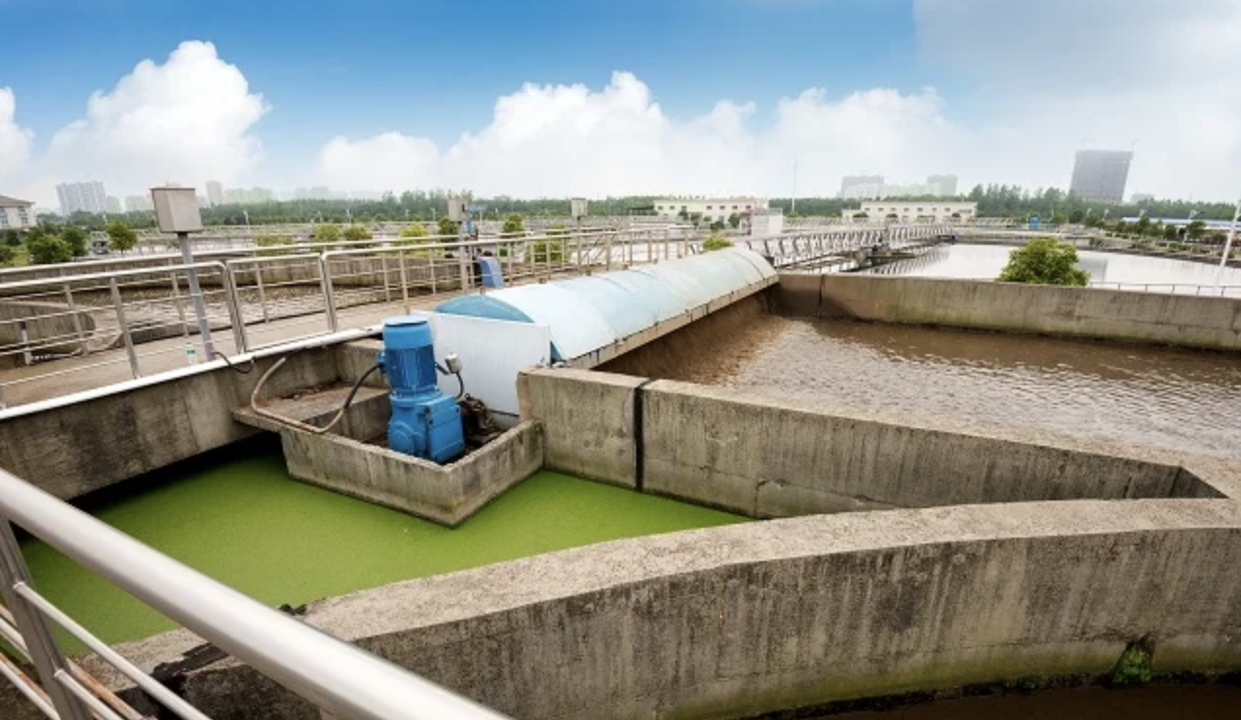 Pharmaceuticals
Pharmaceuticals